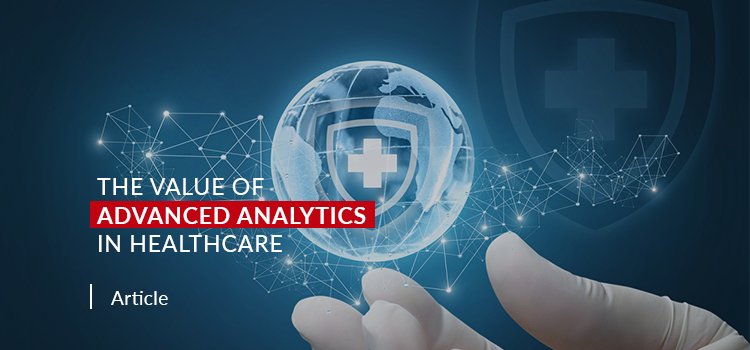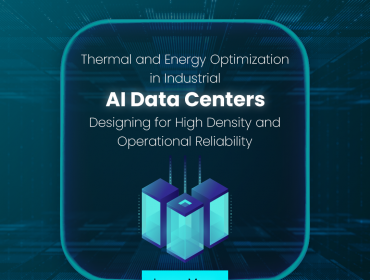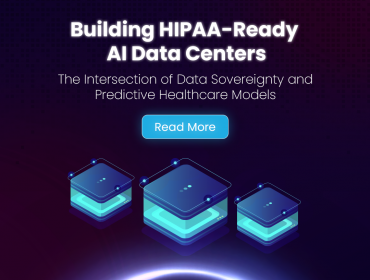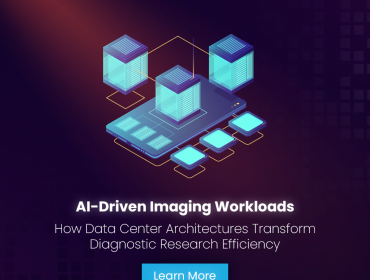Healthcare is one of those industries which constantly suffer from a large influx of data. Earlier this data wasn’t used up to its complete potential. However, now the scenario has changed quite a lot. These days this large influx of data is being used to treat patients and even helping patients to prevent acquiring different biological diseases or disorders. And all of this has been possible because now healthcare organizations are opening their arms to the latest technology and driving important insights from the data. This is basically what advanced analytics or Big Data does.
Advanced analytics allows users and experts to make sense of the machine data which has previously been present in the form of nothing but jumbles. The importance of this field can simply be calculated by considering the results of a survey which stated that advanced analytics is either going to be ‘extremely important’ or ‘very important’ in the coming years. This survey was conducted by the Health Catalyst. And in this article, we will today look at the exact ways through which the value of advanced analytics can be judged in the field of healthcare. Those ways are mentioned below.
- Preventative Management and Disease Surveillance
These days, healthcare analysts are constantly working hard and diligently on making sense of the data which is provided to them. This means that these experts can source both structured and unstructured data. And the data can be taken from both traditional sources and non-traditional channels like text messages, social media messages, and other sources. Once the data is collected then it is converted into actionable insights.
After that, the information can be transferred to other members of the team who can ensure that appropriate steps can be taken to achieve better health outcomes. It is also quite interesting to note that these days mobile data is also being used to understand how diseases spread and the present cases of infectious diseases or outbreaks. This was exactly how the preventive measures were taken during the Ebola outbreak in West Africa.
- Development of Better Clinically Relevant and Effective Diagnostic and Therapeutic Techniques
Healthcare organizations are always looking for ways through which they can provide patients with better and more effective diagnostic and therapeutic treatment methods. However, earlier it was harder to trace the exact effectiveness of those treatment methods. But now with the help of advanced analytics, the process of data collection to judge the effectiveness of a treatment method has become a lot easier. Apart from that, it can also help experts to also gain better insights into the current situation of their patients. There are also other areas where healthcare professionals can use this technique to help patients in a better manner. And some of those areas are:
- To recognize the patients who are at a higher chance of developing diseases or risks to their health
- Specific wellness programs can be developed so that the individual needs of patients can be addressed at a more individual level for improved health
- The programs which do not yield sufficient results can be completely removed from the system. This further ensures that the wellness program becomes more result-oriented
- There are cases when patients are readmitted into a healthcare organization because of a relapse or an adverse effect. In such cases, advanced analytics can be used to identify the exact cause of the relapse and can further suggestions through which the situation can be remedied
- After advanced analysis, the usage of resources can be optimized and the overall level of productivity can be enhanced
Artificial Intelligence is also being used these days for developing a prediction model. The techniques in this model can be used to help new customers by using the data of the previous patients.
- Developing Leaner, Faster, and More Productive R&D Pipeline
Getting a drug out to the patient is not an easy thing. There is a long procedure in which the drug is first created. Then it is clinically tested and after that, the approval of the FDA is sought. It is vital for healthcare organizations to follow this process and this is why many organizations are now choosing to use a predictive modeling system to decrease the amount of time a drug stays in the R&D pipeline. It is important for an organization to have sophisticated techniques and tools to have a fast and productive pipeline.












